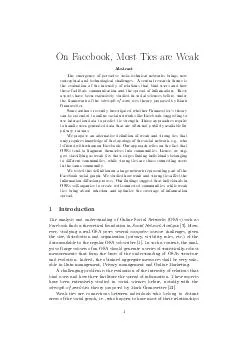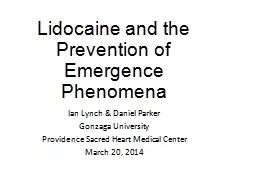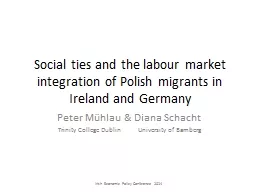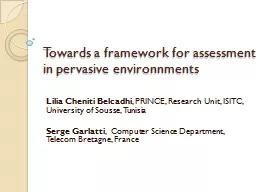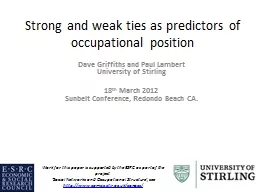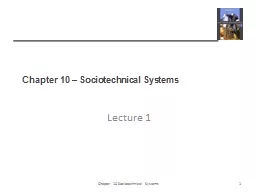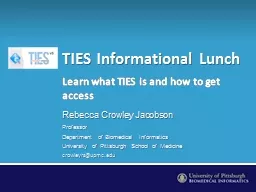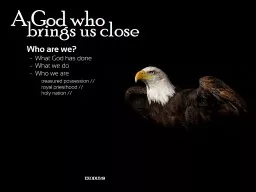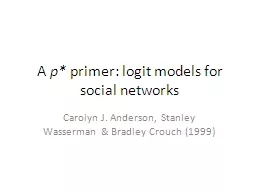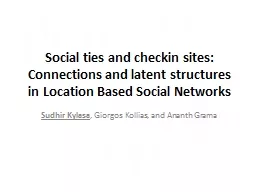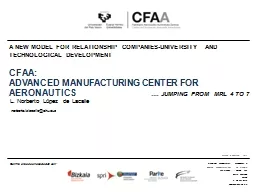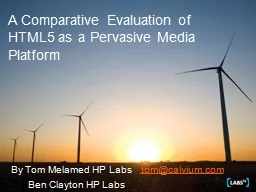PDF-On Facebook Most Ties are Weak Abstract The emergence of pervasive sociotechnical networks
Author : stefany-barnette | Published Date : 2015-01-16
A central research theme is the evaluation of the intensity of relations that bind users and how these facilitate communication and the spread of information These
Presentation Embed Code
Download Presentation
Download Presentation The PPT/PDF document "On Facebook Most Ties are Weak Abstract ..." is the property of its rightful owner. Permission is granted to download and print the materials on this website for personal, non-commercial use only, and to display it on your personal computer provided you do not modify the materials and that you retain all copyright notices contained in the materials. By downloading content from our website, you accept the terms of this agreement.
On Facebook Most Ties are Weak Abstract The emergence of pervasive sociotechnical networks: Transcript
Download Rules Of Document
"On Facebook Most Ties are Weak Abstract The emergence of pervasive sociotechnical networks"The content belongs to its owner. You may download and print it for personal use, without modification, and keep all copyright notices. By downloading, you agree to these terms.
Related Documents

